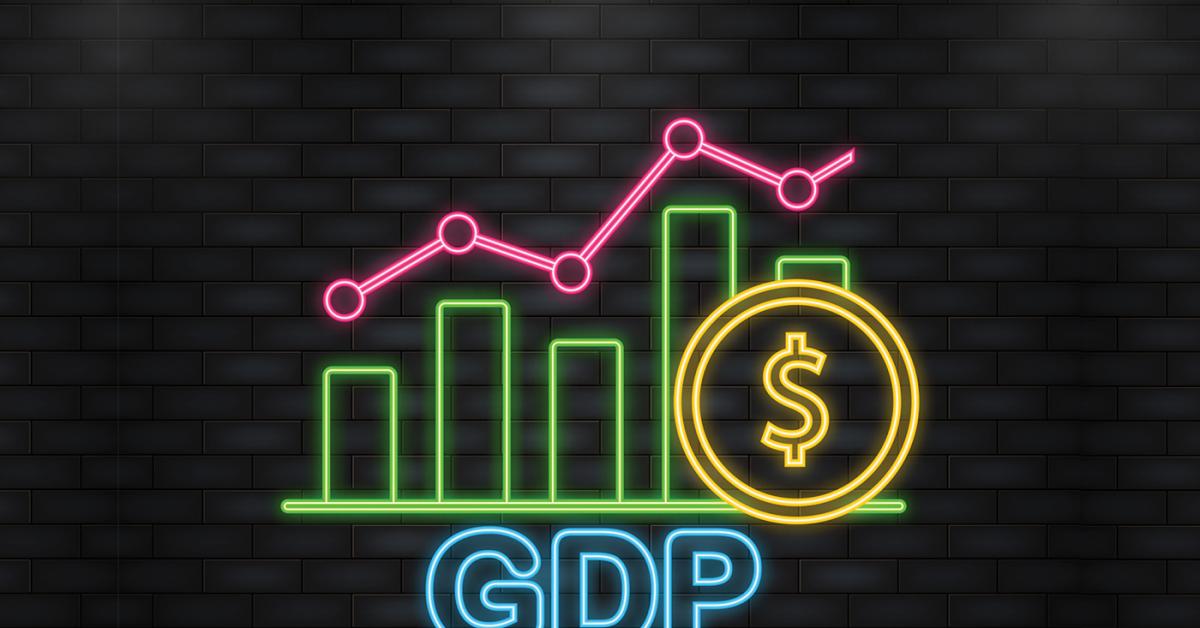WASHINGTON — Real gross domestic product (GDP) increased at an annual rate of 4.9% in the third quarter of 2023, according to an advance estimate recently released by the U.S. Department of Commerce’s Bureau of Economic Analysis. This rate is more than double the increase found in the second quarter, where the real GDP increased 2.1%.
The increase in real GDP reflected increases in consumer spending, private inventory investment, exports, state and local government spending, federal government spending, and residential fixed investment which were partly offset by a decrease in nonresidential fixed investment. Imports, which are a subtraction in the calculation of GDP, increased.
The increase in consumer spending reflected increases in both services and goods. Within services, the leading contributors were housing and utilities, health care, financial services and insurance, and food services and accommodations.
Within goods, the Bureau found that the leading contributors to the increase were other nondurable goods (led by prescription drugs) as well as recreational goods and vehicles. The increase in private inventory investment reflected increases in manufacturing and retail trade. Within nonresidential fixed investment, a decrease in equipment was partly offset by increases in intellectual property products and structures.
Compared to the second quarter of 2023, the acceleration in real GDP in the third quarter reflected accelerations in consumer spending, private inventory investment, and federal government spending and upturns in exports and residential fixed investment.
These movements were partly offset by a downturn in nonresidential fixed investment and a deceleration in state and local government spending.
Current-dollar GDP increased 8.5% at an annual rate, or $560.5 billion, in the third quarter to a level of $27.62 trillion. In the second quarter, GDP increased 3.8%, or $249.4 billion.
The price index for gross domestic purchases increased 3.0% in the third quarter, compared with an increase of 1.4% in the second quarter. The personal consumption expenditures (PCE) price index increased 2.9%, compared with an increase of 2.5%. Excluding food and energy prices, the PCE price index increased 2.4%, compared with an increase of 3.7%.
Personal Income
Current-dollar personal income increased $199.5 billion in the third quarter, compared with an increase of $239.6 billion in the second quarter. The increase reflected increases in compensation, proprietors’ income, personal income receipts on assets, and rental income of persons that were partly offset by a decrease in personal current transfer receipts.
Disposable personal income increased $95.8 billion, or 1.9%, in the third quarter, compared with an increase of $296.5%, or 6.1%, in the second quarter. Real disposable personal income decreased 1.0%, in contrast to an increase of 3.5%.
Personal saving was $776.9 billion in the third quarter, compared with $1.04 trillion in the second quarter. The personal saving rate — personal saving as a percentage of disposable personal income — was 3.8% in the third quarter, compared with 5.2% in the second quarter.
Source Data for the Advance Estimate
The GDP estimate released in this report is based on source data that are incomplete or subject to further revision by the source agency. The "second" estimate for the third quarter, based on more complete data, will be released on Nov. 29, 2023.
Have a question or comment? E-mail our editor Dave Davis at [email protected].






















